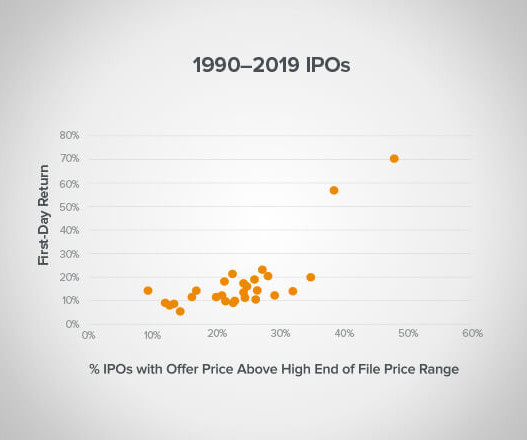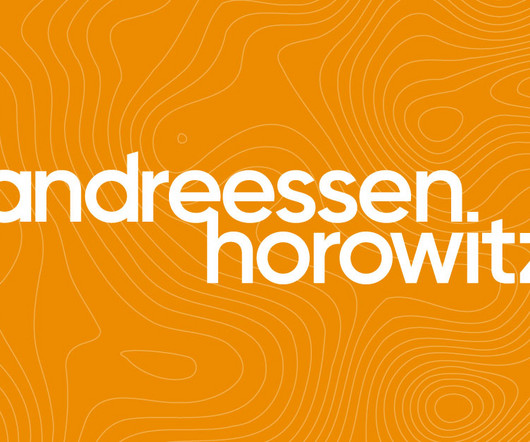In Defense of the IPO and How to Improve It, Part 2: Peeking Behind the Pop
Ben's Blog
OCTOBER 29, 2020
The laws of supply and demand, and marginal pricing, withstand the test of time. Demand matters: IPOs are a bull market product Gauging demand for an IPO can be difficult, in part because so many IPO order books are over-subscribed. The tl;dr: It’s Economics 101. So, what happens when we combine the data from the two charts?











Let's personalize your content